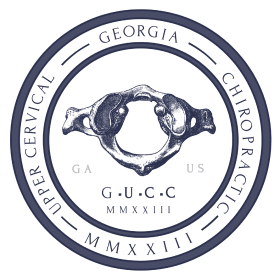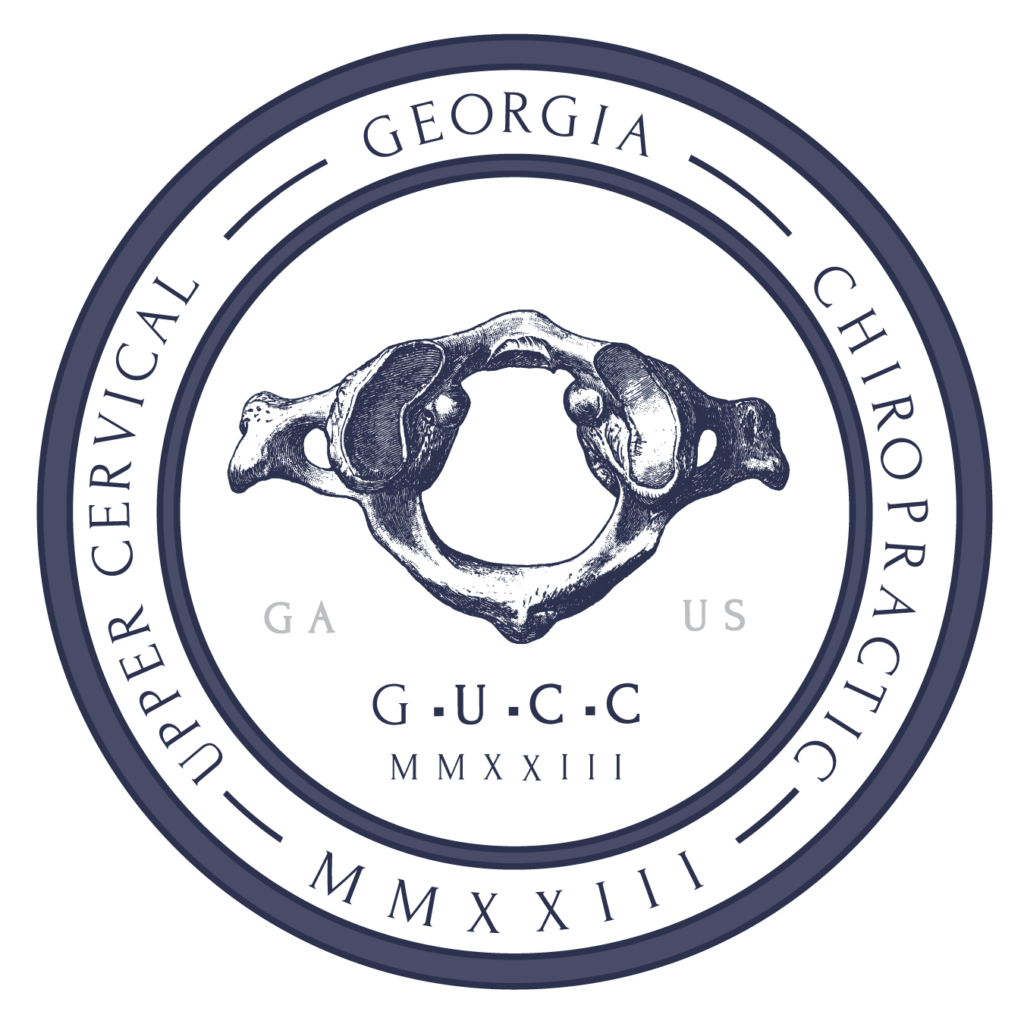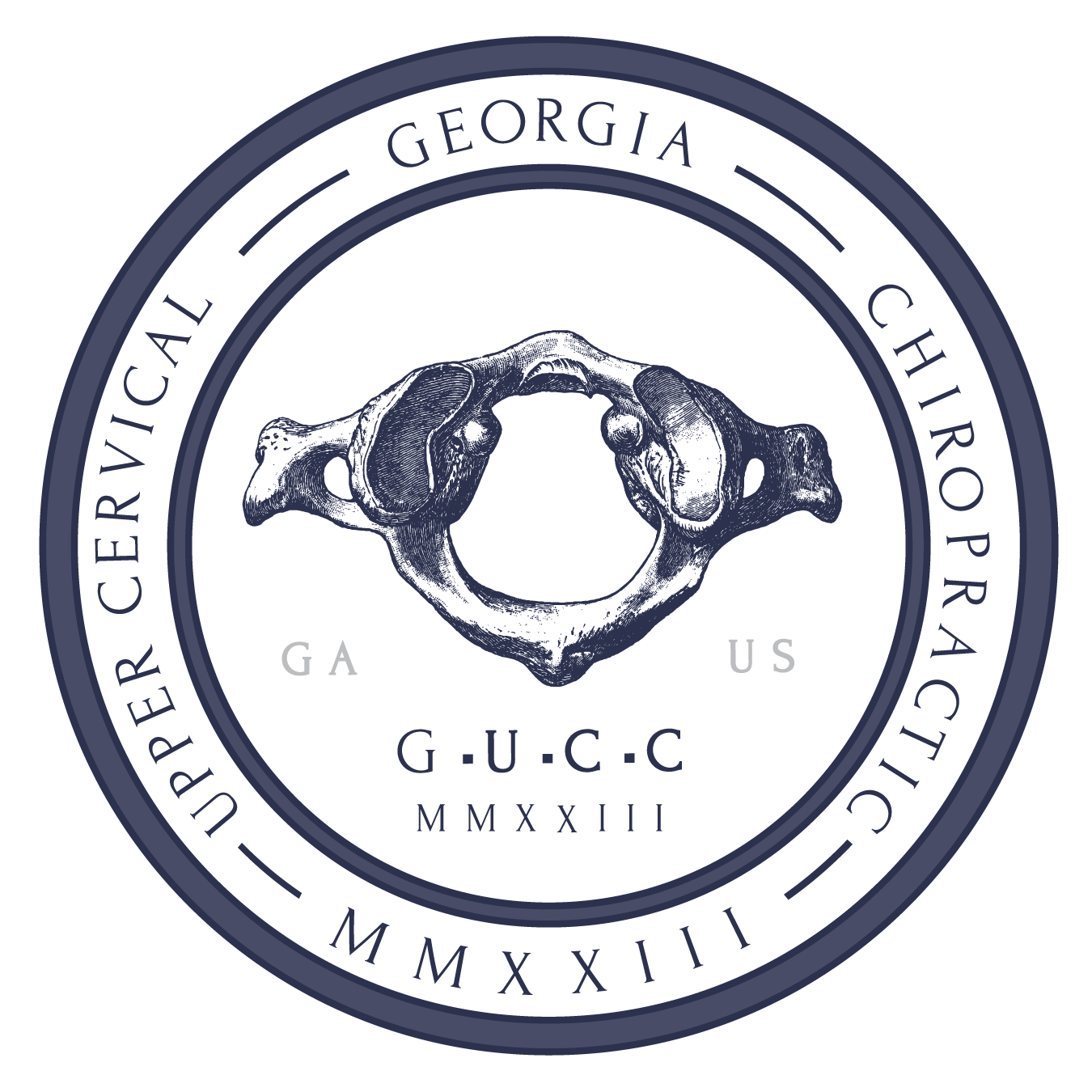Venous TOS: Symptoms, Causes, Treatments, and Prognosis
What is venous TOS (thoracic outlet syndrome)?
Venous thoracic outlet syndrome, or venous TOS, is an uncommon type of thoracic outlet syndrome caused by subclavian vein compression.
It goes by a few different names. Paget-Schroetter syndrome, upper extremitydeep vein thrombosis, or effort thrombosis of the subclavian vein all fall undervenous TOS or VTOS.
Is venous TOS rare? Venous TOS is rare, although not as rare as arterial thoracic outlet syndrome (arterial TOS), the most severe form of TOS. Arterial TOS compresses the subclavian artery, which can cause an aneurysm if left untreated.
Neurogenic thoracic outlet syndrome (neurogenic TOS), which causes compression on the brachial plexus, is the most common form. It accounts for over 90 percent of all TOS cases.
Patients with the less common venous TOS often don’t receive their diagnosis until the condition has progressed enough to cause complications. It’s essential to understand the things to look out for if you suspect venous TOS for your best chance at a full recovery.
Symptoms
If you’re experiencing symptoms like dizziness with TOS or trapezius muscle spasms or are already diagnosed with pectoralis minor syndrome, you’re more likely to have neurogenic TOS.
Symptoms of venous TOS can mimic other types of TOS, but venous TOS is more likely to cause symptoms caused by blockages in the subclavian vein and into the axillary veins.
What are the symptoms of venous TOS? The symptoms of venous TOS include:
- Arm swelling or arm heaviness
- Swelling in the hands or fingers
- Pain in the upper extremities
- Weakness in the arms, hands, or fingers
- Discoloration (a bluish tint) in the affected hands or arms
- Asymmetry in size from one arm to the other
- Bulging or collateral veins in the shoulders, neck, or hands
Causes & Risk Factors
Venous TOS happens when one or more of the subclavian veins are compressed. The subclavian veins sit just under the collarbone, or clavicle, in what’s known as the costoclavicular space. When these veins are compressed, serious complications can occur.
How serious is TOS? TOS can become serious if left untreated. Venous TOS can lead to a thrombus, or blood clot, in the affected limb. Blood clots can become a life-threatening condition if not treated immediately.
Patients typically come in for treatment once symptoms have worsened, so a primary care physician may focus on treating those symptoms first. It’s important, however, to understand the underlying causes of venous TOS for more long-term relief.
The most common underlying causes of venous TOS include:
- Anatomical abnormalities: Patients with a cervical rib, or an extra rib, are at a higher risk of developing TOS. This narrows the amount of space for the subclavian vein to work, making it more likely for compression in that area to occur.
- Overuse injuries: Athletes participating in sports with repetitive overhead movements like swimming or weight lifting are at higher risk for venous TOS. Workers who spend their days repeating the same motions with their shoulders, arms, and hands are also at risk.
- Physical trauma: Accidents that result in physical injuries, particularly whiplash, put you at a higher risk of developing TOS symptoms.
- Poor posture: Slouching or leaning forward for extended periods can exacerbate TOS symptoms or cause compression in the thoracic outlet over time.
People carrying more weight due to pregnancy or obesity are also at a higher risk for developing venous TOS and other types of TOS. These 2 groups are also at higher risk for being in a hypercoagulable state or the tendency to form blood clots.
Diagnosis
Your doctor will likely start with a patient history, including any history of venous thrombosis, along with a physical examination before any diagnosis. Bulging veins, for example, are a symptom observable to the naked eye.
They may also walk you through a series of gentle movementsto analyze your range of motion. If they suspect any TOS following those manual diagnostic tools, they may follow up with additional testing. Standard tests for venous TOS include:
- Medical imaging tests: Computerized tomography (CT) scans, ultrasounds, and magnetic resonance imaging (MRI) are all helpful tools to confirm blood clots. They can also give your doctor a closer look at your subclavian vein and the likelihood of future clots.
- Angiography: Angiograms are a type of X-ray that give doctors a picture of blood flow in your veins and arteries.
- Venography: Similar to angiograms, venograms give doctors an X-ray of your veins to pinpoint any problem areas or blockages.
Treatments
Patients diagnosed with venous TOS may benefit from combining treatments, including surgical interventions in more severe cases. The short-term strategy for most patients is treating any severe symptoms first, but the long-term goal is always thoracic outlet decompression.
Treatments for venous TOS may include:
- Blood thinners or anticoagulants: Your doctor may prescribe drugs like warfarin to treat existing blood clots or reduce your risk of developing clots following a venous TOS diagnosis.
- Thrombolysis: This medication-based method of venous TOS management is typically intravenous or catheter-directed. A doctor may recommend thrombolysis, or thrombolytics, when prescription drugs are ineffective in managing blood clots.
- Angioplasty: This endovascular procedure reduces stenosis, or narrowing, and reduces occlusions, or obstructions, in the veins. The goal is venous patency, a more permanent state of unblocked blood vessels.
- Surgical treatment: Surgical approaches include stents to permanently reduce venous compression and remove excess tissues or ligaments around the affected veins. A first rib resection may be recommended in patients with a cervical rib.
- Physical therapy: Many patients benefit from gentle TOS exercises and stretches as modeled first by a physical therapist to help alleviate some symptoms of TOS. Exercises double as strengthening work of affected areas like the anterior scalene muscle.
Not every patient requires vascular surgery to treat venous TOS. Your doctor may also talk to you about more simple lifestyle changes to manage recurring symptoms.
Changing sleep positions, wearing compression sleeves, incorporating stretch breaks into your work routine, and limiting overhead movements can all help relieve the worst symptoms. Chiropractic care can also be a positive addition to the long-term management of TOS symptoms.
Potential Complications
Blood clots are the most common potential complication with venous TOS. Clots can become life-threatening if they block blood flow to your lungs and cause a pulmonary embolism.
Additional complications of venous TOS include:
- Increased pain in the affected area
- Decreased function and mobility
- Permanent nerve damage
Long-Term Outlook
Patients diagnosed with venous TOS early have a good chance of positive outcomes. In cases of serious complications, doctors may work to reduce those severe symptoms first, but all long-term management plans should look at the underlying cause of your condition.
Get to the root of TOS with upper cervical treatment.
Many patients with TOS suffer from pain and a loss of mobility due to TOS symptoms. Chiropractic care effectively relieves pressure and tension from misalignment in the cervical and thoracic spine and may return mobility as you treat the cause of your TOS.
If you’ve been diagnosed with venous TOS or other types of TOS, Georgia Upper Cervical Chiropractic can offer some relief as you work toward long-term recovery from the condition.
Ready to get to the root of your problem with chiropractic care? We’re currently accepting new patients at our Ball Ground and Atlanta/Decatur offices.
Sources
- DeLisa, L, Hensely, C., & Jackson, S. (2017) Diagnosis of paget-schroetter syndrome/Primary Effort Thrombosis in a recreational weight lifter. Physical Therapy, 97(1), 13-19. https://doi.org/10.2522/ptj.20150692
- Cai, T.Y., Rajendran, S., Saha, P., & Dubenec, S. (2020). Paget-Schroetter syndrome: A contemporary review of the controversies in management. Phlebology, 35(7), 461-471. Abstract: https://pubmed.ncbi.nlm.nih.gov/32028850/
- Sanders, R. J., Hammond, S.L., & Rao, N.M. (2007). Diagnosis of thoracic outlet syndrome. J VascSurg, 46(3), 601-604. Abstract: https://pubmed.ncbi.nlm.nih.gov/17826254/
- Osman, M., Afridi, F.G., Sidawy, A.N., & Lala, S. (2020) Paget-Schroetter syndrome in pregnancy: A case report and discussion of management options.J VascSurg Cases Innov Tech, 6(1), 59-62. https://doi.org/10.1016/j.jvscit.2019.11.012
- Kornblith, L.Z., Howard, B., Kunitake, R., Redick, B., Nelson, M., Cohen, M. J., & Callcut, R. (2015). Obesity and clotting: Body mass index independently contributes to hypercoagulability after injury. J Trauma Acute Care Surg, 78(1), 30-36. Full text: https://www.ncbi.nlm.nih.gov/pmc/articles/PMC4279446/
- Archie, M. & Rigberg, D. (2017). Vascular TOS-Creating a protocol and sticking to it. Diagnostics, 7(2), 34. Full text: https://www.ncbi.nlm.nih.gov/pmc/articles/PMC5489954/
- Bamford, R. F., Holt, P. J., Hinchliffe, R. J., Thompson, M. M., & Loftus, I. M. (2012) Modernizing the treatment of venous thoracic outlet syndrome. Vascular, 20(3), 138-44. Abstract: https://pubmed.ncbi.nlm.nih.gov/22661614/


